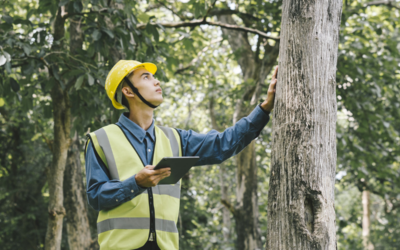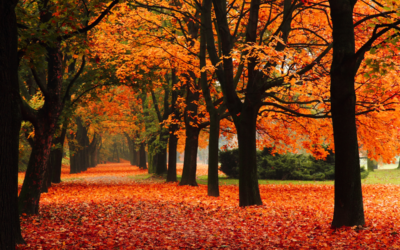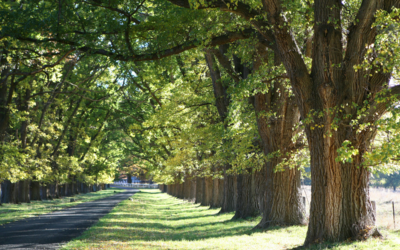Arbor Day 1892: Colorado schoolchildren vote to name the Blue Spruce as the state tree. The number of students casting their vote was limited. Golden High School had 63 children and Jeffco had 80 pupils plus 15 in kindergarten, according to the Castle Rock Journal (Oct 1892.).
Matters like tree-naming fell to the bottom of priorities in this pioneer era bent on survival. It took the General Assembly until 1939 to make the designation official.
But that 50 years was just a blip in time in terms of the life of a Blue Spruce. Scientists claim the Blue Spruce can survive up to 600 years or more. Trunks that measure 10-13 inches in diameter are 125-135 years old and those with trunks 18-22 inches in diameter are estimated to be 275-350 years old.
But what will global warming do to the life span of these ancient beauties?
Cities worldwide generate more than 70 percent of global greenhouse gas emissions making urban centers key to the climate solution. Colorado Public Radio reports that continued high heat-trapping emissions in the Denver metro area are projected to result in an average seven days a year at 100° or hotter by mid-century (2040-2059) and 34 days a year of triple digit heat by 2080-2099.
Lack of precipitation could make it tougher for older trees to fight off emerald ash borers that are estimated to threaten one out of every six trees across the Front Range.
Not all trees face the same threat from drought and dry weather. Trees that have been planted within the last three years are the most vulnerable. Evergreens including the Blue Spruce are more at risk than deciduous trees.
Experts like Donovan Arborists recommend winter root watering when temperatures are above 40 degrees. The optimum time is mid-day so that the moisture can soak into the roots before temps fall to freezing at night.
Water at the drip line, the area beneath the tree’s farthest-reaching branches. This will reach the feeder roots which are more productive than watering just around the trunk of the tree. Apply water at the rate of 10 gallons per diameter inch of the tree trunk. The kicker is that trees should be root watered every three weeks which is more often than you likely clean your oven. Donovan Arborists can remove that from your task list with a maintenance program. Call us today.



